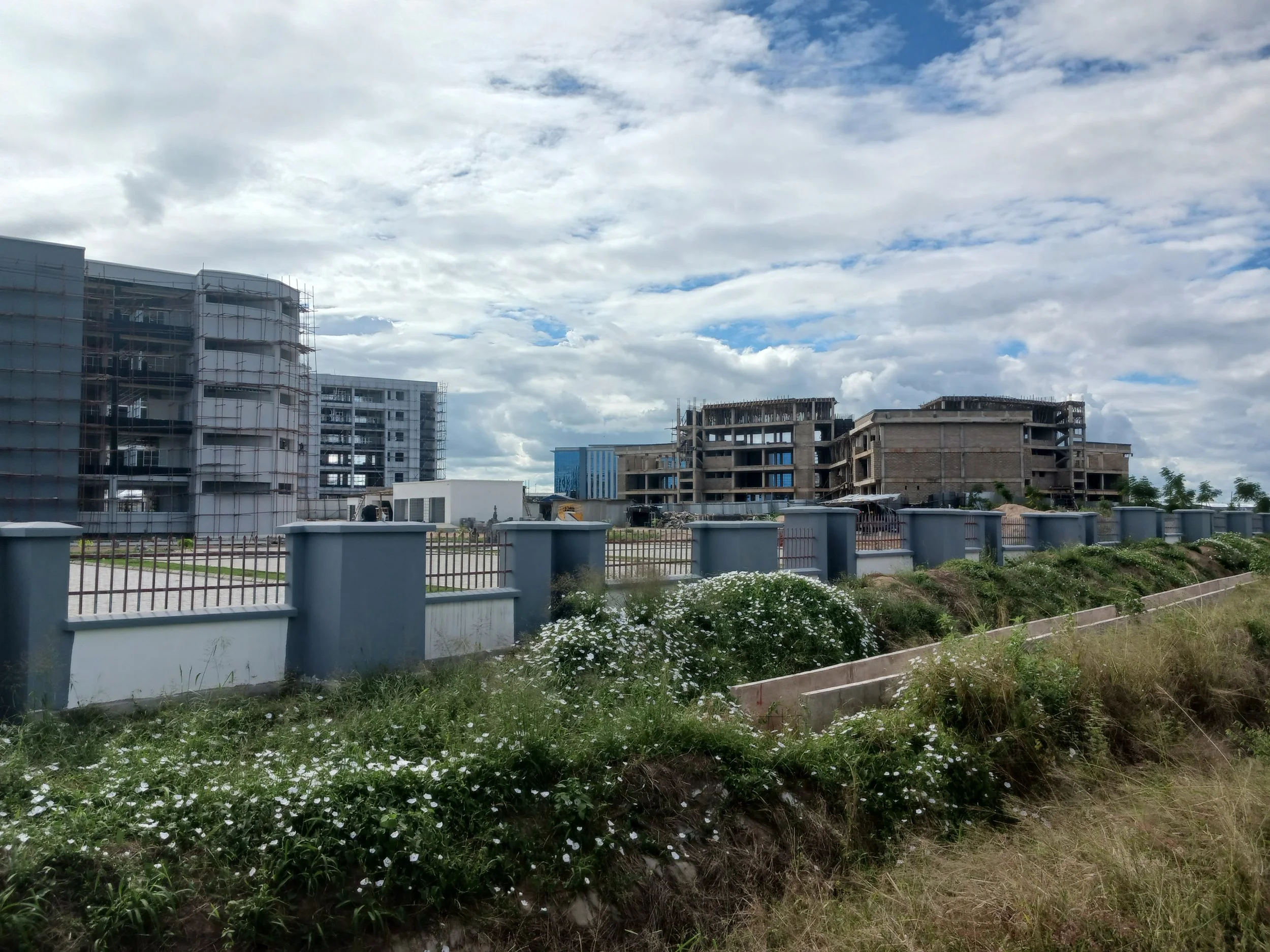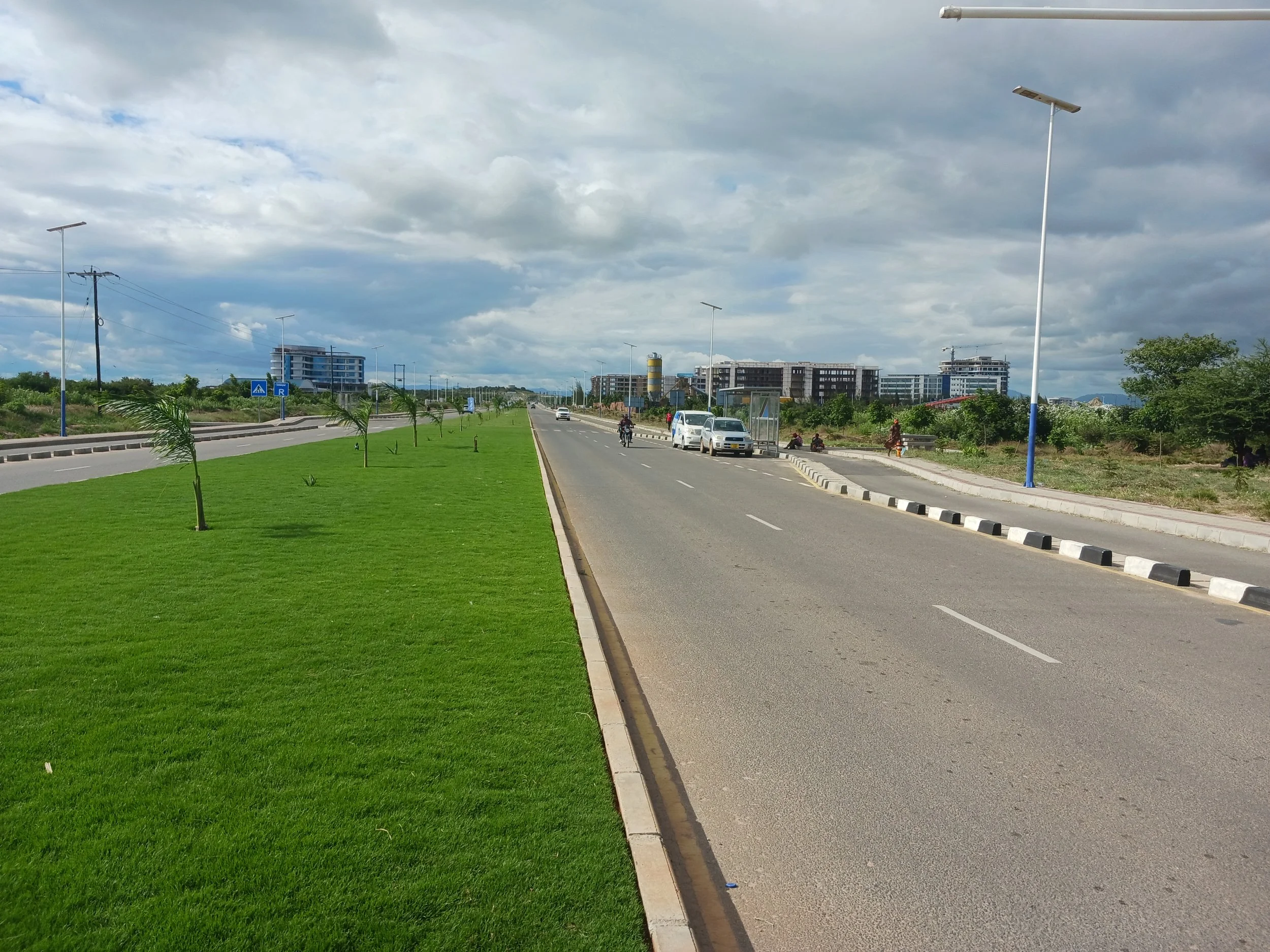There’s no question about it—the government of Tanzania does exist. But where can you find it? That’s an issue that’s concerned some citizens. Now it’s my problem too.
It is exactly half a century since the government announced it was shifting the political capital from Dar es Salaam, the country’s commercial center and main port on the Indian Ocean, to Dodoma, 280 miles to the west. Moving from the coast to the center of the country would promote national unity and improve the economy of an underdeveloped agricultural region, a high priority for the socialist government of then-President Julius Nyerere.
Oher countries such as Brazil, Pakistan, Nigeria and Kazakhstan that have moved their capitals learned that it’s a slow, complex and expensive business. Apart from all those shiny new high-rise ministry buildings, you must provide houses, schools, hospitals, roads, water lines and sewers, and try to attract retail businesses.
If you’ve got oil or minerals to sell and world prices are high, the banks will lend you the billions to fast-track your new capital dream. Unfortunately, Tanzania in the 1970s was a bad credit risk. Nevertheless, in the 1974 pie-in-the sky socialist planning model, the move was supposed to be completed in a decade and cost around $350 million.
Even allowing for weather delays and construction cost overruns, no capital move has likely taken as long as Tanzania’s, and the job is still not done.
Although most ministry departments are now in Dodoma, they’re all over the city, camping out in rented dorms at the University of Dodoma and nondescript downtown commercial buildings. To confuse matters, departments within a ministry may be scattered in odd locations. My University of Dar es Salaam colleagues have turned up for appointments only to be told something like, “Sorry, she’s not here. They moved her department to that building near the stadium last week. Sorry—don’t know the address.”
One agency I visited, the President’s Office for Regional Administration and Local Government (PO-RALG), is accessed from an alley between a restaurant and a beauty parlor, and up two flights of worn stairs. In the dark corridors, there are no numbers or names on the doors. Perhaps that’s because the staff expect to move to better digs sometime soon, though no one knows when. At least there’s a sign on the street side; some agencies don’t even hang out a shingle. You have to know (or be told) where they are.
PO-RA:G offices in Dodoma
Dodoma became the official capital in 1996. Ten years later, with major funding from the Chinese government, the new parliament building was opened. This took the constitutional principle of separation of powers to a new dimension. The legislature was in Dodoma, but large swathes of the executive branch were still in Dar. To attend parliamentary sessions, ministers and their staff had to trek to Dodoma. It’s a one-hour flight (add at least an hour for Dar traffic) or an eight-hour trip on a busy two-lane highway. Spare a thought (I usually don’t, but in this case, I’ll concede I do) for the poor lobbyists who had to shuttle between the legislature and the executive. The main beneficiaries were the government-owned Air Tanzania (the Wings of Kilimanjaro) and its private competitor, the optimistically named Precision Air, known mostly for its precisely late departures.
Where will it all end? The answer lies about 16 miles to the southeast, on the road to Dar. The new government complex is named Magufuli City in honor of the former president, John Magufuli, who died in 2021. He is credited with dramatically growing the country’s economy but also widely criticized for his COVID denialism and rejection of vaccines.
We visited Magufuli City on a sunny, blustery afternoon. Eventually it will host all ministries, the judiciary and foreign embassies, but few buildings have been completed. Mostly, it’s a vast construction site, four-lane highways with almost no traffic, bus shelters without buses. There are few commercial businesses because there aren’t enough customers. If you don’t have a cafeteria in your ministry building, remember to pack your lunch.
The situation will change when more ministries are completed. Already property developers are snapping up plots on the scrubby plain around Magufuli City. Construction has begun on the new Dodoma International Airport, a few miles to the west. A new rail line from Dar has been completed, so travelers no longer have to grit their teeth on the dangerous two-lane highway. For now, without traffic and people, Magufuli City has an eerie, dystopian feel to it.





